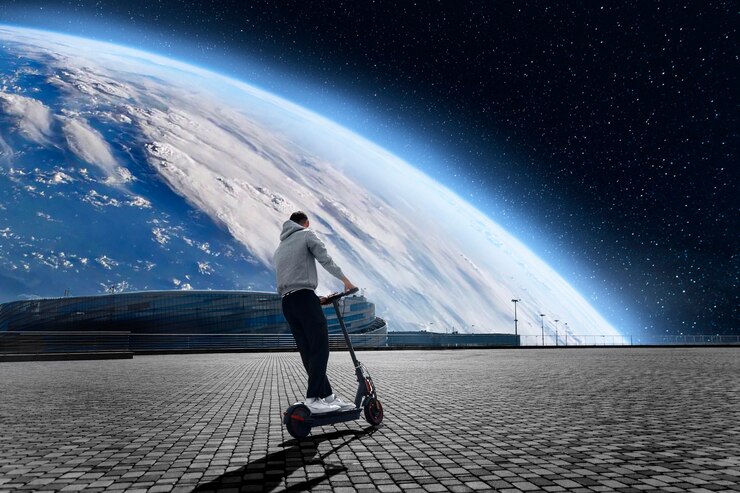For millennia, humanity has gazed at the stars, captivated by the mysteries that lie beyond our atmosphere. Today, thanks to advancements in space exploration technology, we are no longer just passive observers. We are on the cusp of a new era – an era where space tourism is becoming a reality, and the cosmos is no longer just a distant dream.
Space Exploration Technology: Paving the Way for Tourism
Decades of research and development in space exploration technology have laid the groundwork for this exciting new frontier. Here are some key advancements propelling us forward:
Reusable Rockets: The high cost of launching rockets has historically been a major barrier. Reusable rockets, pioneered by companies like SpaceX, significantly reduce launch costs, opening doors for more frequent space missions and ultimately, space tourism.
Advanced Propulsion Systems: New engine technologies, like those utilizing methane or even nuclear power, offer greater efficiency and thrust, allowing spacecraft to reach higher speeds and carry heavier payloads, paving the way for longer spacefaring journeys.
Life Support Systems: Sustaining life in space requires sophisticated life support systems that provide breathable air, manage waste, and regulate temperature. Advancements in these systems allow for longer and more comfortable stays in space, crucial for space tourism ventures.
The Rise of Space Tourism: A New Era of Exploration
Fueled by these technological breakthroughs, space tourism is no longer science fiction. Companies like Virgin Galactic, Blue Origin, and SpaceX are actively developing spacecraft and experiences specifically designed for tourists.
What Can You Expect on a Space Tourism Trip?
Space tourism experiences vary, but they generally involve:
Suborbital Flights: These flights offer a taste of space for a few minutes, allowing passengers to experience weightlessness and witness the curvature of the Earth.
Orbital Flights: These longer flights provide a more immersive experience, potentially lasting days or even weeks. Passengers can orbit Earth, experience extended periods of weightlessness, and witness breathtaking sunrises and sunsets from space.
The Cost of Reaching for the Stars:
Space tourism is currently a luxury experience. Suborbital flights can cost hundreds of thousands of dollars, while orbital flights can reach into the millions. However, as the industry matures and technology advances, costs are expected to decrease, making space tourism more accessible in the future.
The Future of Space Exploration and Tourism:
The rise of space tourism has the potential to revolutionize space exploration. The influx of private investment can accelerate technological advancements, benefiting both space tourism and scientific research. We can envision possibilities like:
Space Hotels: Orbital space stations could serve as luxurious hotels, offering extended stays in space with breathtaking views and unique experiences.
Lunar Tourism: Landing on the moon could become a possibility, allowing tourists to walk in the footsteps of astronauts and explore the lunar surface.
Multi-planetary Travel: In the distant future, with even more advanced space exploration technology, journeys to Mars or beyond could become a reality.
The Ethical Considerations:
The rise of space tourism raises ethical concerns. Issues like environmental impact due to rocket launches, the potential for space debris, and the equitable access to this new frontier need to be addressed to ensure the sustainable development of space travel.
Conclusion:
A New Dawn for Space Exploration
Exploration of space has forever been a human pursuit fueled by curiosity and a quest to expand horizons. With advancements in space exploration technology, a new era is dawning. Space tourism is no longer just a dream for the privileged few; it’s a sign of a future where humanity can explore the cosmos like never before. As we reach for the stars, let’s ensure this journey is undertaken with responsibility and a commitment to the betterment of all humankind.







